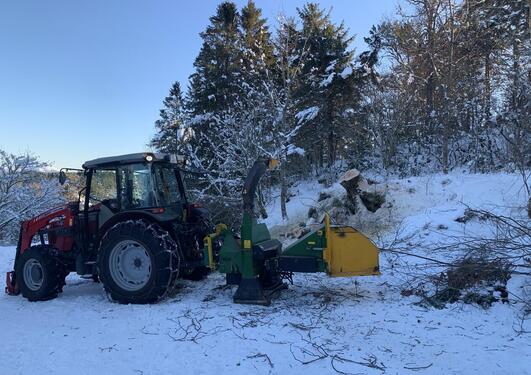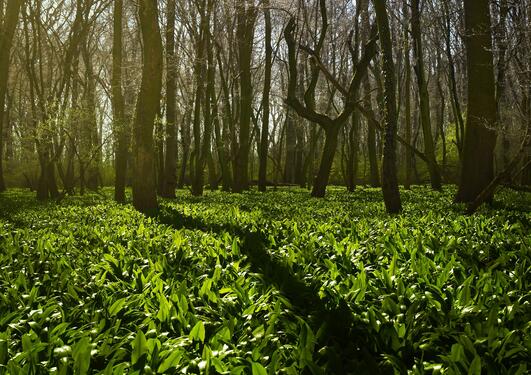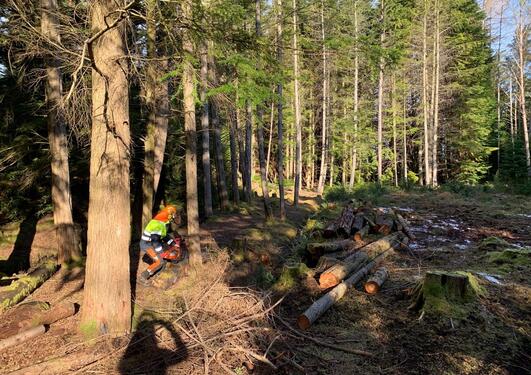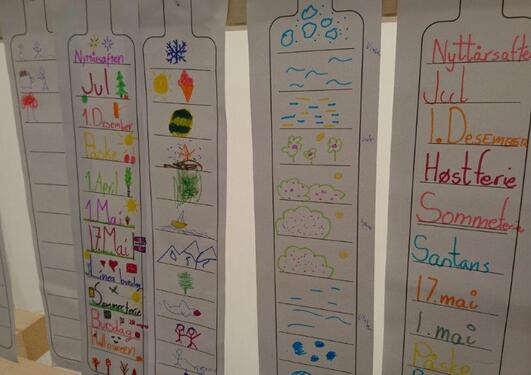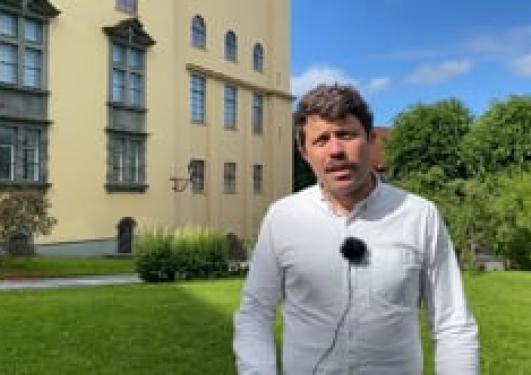"Bio" diversity in the Arboretum
Today was my fifth Friday working at the Arboretum, assisting the gardeners and learning about the seasonal rhythms of their work.

Hovedinnhold
For me - with two pink thumbs and no living pot plants - this has been like stepping into a new green world.
My budding Norwegian has grown along new branches of vocabulary, and it's dizzying to call each thing by its right name. One thing I quickly saw was ‘bio’ diversity.
A diversity of biographies
Of course this diversity is immediately apparent in the biology - the tapestry of plant collections in the gardens from around the globe. How you turn a corner and find yourself leaving Norwegian forest and stepping into Scottish heathland or a jungle of creepers in the greenhouse. I even found myself back in the New Zealand high-country at some point. It's fascinating to hear stories of the seed expeditions (frøtur) to exotic locales, and the exciting stories of how they naturalise these plants to the particular environment of the gardens. But I was equally greeted by a diversity of biographies among the gardeners and scientists alike. Alongside local Bergensere are Norwegians hailing from other places and a mix of other nationalities, from Serbia, Germany, Finland and the UK for instance; each with their own story of how and why they came to work at the gardens. We talk about what a plant is called in different languages, swap stories about plants in our hometowns - ‘I love that tree, the garlands are wonderful’, or ‘where I come from this tree is running wild’ - and compare gardening practices. But notwithstanding this diversity, its also interesting to see how gardeners and scientists are naturalised to the Arboretum as an institution.
A cocktail of knowledge
Of special interest to me is how this bio-diversity is translated into a cocktail of knowledges and know-how in the gardens. Of course, there’s the scientific knowledge of the plants, and a systematic attempt to map them out and study them in situ. When I mentioned a native New Zealand tree to a scientist in the gardens their first instinct was to look up its genus and relate to it that way. But there’s also practical ‘craft knowledge’ of how to care for plants in this environment. For some, plants are known less by their classification and more by their characteristics; ‘this tree is recognisable by its sticky cones’, or ‘this tree is sturdy in a storm’. Craft knowledge is hard to impart to others; its a knack for plants that people have picked up over time so that their hands just know much water to give each seedling. I also see a lot of international technological knowledge. The gardeners are always looking for new improved technologies and products from around the world, like the volcanic powder we spread on the seedlings, or new models of electric chainsaws.
What the implications are for seasonality remains to be seen, but one thing I can say is that the ‘bio’ diversity in the gardens sees people relating to seasons in different ways, and yet I suspect there may be some shared ideas of what shapes seasons in the Arboretum. The people I've talked to so far use similar signs for distinguishing our current transition to spring.
This is the first blog post from Dr. Scott Bremer. Read all blog posts from the CALENDARS project here.

